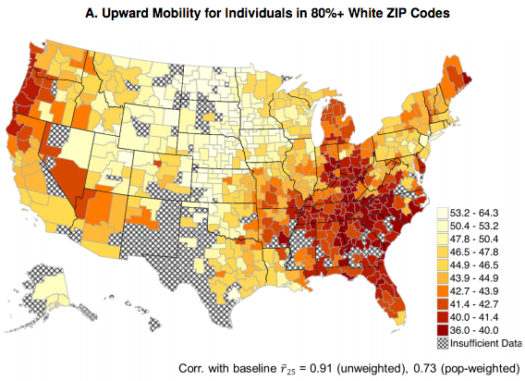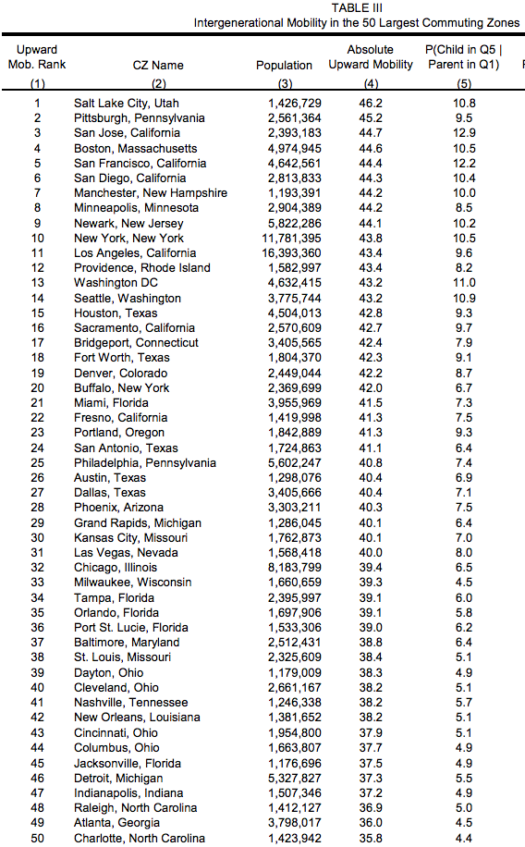Virtually all sources are wrong
Before explaining the title of this post, let me point out that I will be interviewed on monetary policy by Charlie Deist for 1 hour tomorrow morning (8-9am Sunday, Pacific time, or 11-12am, EST) Here is the link.
Here is Wikipedia:
Virtually all sources agree on John D. Rockefeller being the richest American in history.
The second place is disputed, held by Andrew Carnegie, Cornelius Vanderbilt, John Jacob Astor IV, Bill Gates or Henry Ford depending on the source; most sources agree on Carnegie. Further places are a matter of even bigger debate.
This is just silly—John D. Rockefeller was not even in the top 10 of the richest Americans, even adjusting for inflation. So that led me to wonder if Wikipedia’s claim was true. Alas, I discovered it was true. Virtually all sources agree that Rockefeller was the richest American of all time (even though he wasn’t even close.) The New York Times agrees. Forbes agrees. Business Insider agrees. CNNMoney agrees. How could this happen? How could virtually all sources be so wrong?
Let’s start with the facts. Rockefeller first hit $1 billion in net worth in 1916. That money was worth about $23 billion in 2018 dollars. When he died in 1937 he was worth about $1.4 billion, roughly $24 billion in 2018 dollars. That’s well down the Forbes billionaire list. You could argue the CPI is flawed, as the cost of mansions has probably rising faster than the overall CPI. But the CPI understates the improvement in health care, tech, etc. So Rockefeller was clearly far less wealthy than Jeff Bezos (worth well over $100 billion), or Bill Gates at his peak in 1999 (worth close to $150 billion in 2018 dollars.)
So why are virtually all sources just completely wrong about something so easy to check? Two reasons:
1. Laziness
2. Motivated reasoning
They all seem to have relied on someone’s bright idea to calculate real wealth by taking each individual’s share of the national economy at the time they were alive, then multiplying that figure by the size of the current US economy. So if Rockefeller’s wealth was 1.5% of GDP when he died, then 1.5% of current GDP is roughly $300 billion.
To which I can only say: Huh?
First of all, why GDP and not the share of national wealth? More importantly, even if you buy this procedure, Rockefeller clearly was not the richest American ever. Who was? I don’t know his name, but there is one American who had a wealth equal to roughly $100 trillion. Yup, I said trillion, with a “T”. Who was that lucky ducky? He was the first man to walk across from Russia to Alaska, roughly 15,000 years ago. The moment he arrived, he and his family controlled 100% of American wealth, for the simple reason that he was the only American. And since Americans now own about $100 trillion in wealth, that’s how rich he was—15,000 years ago. (Or only $20 trillion, if you prefer using GDP.)
I suppose if you want to be picky, then you could argue that America was not yet a country. OK, we became a country around 1776, or 1783. Even using the latter figure, our population was less than 1% as large as today. So this “fraction of national income” technique for comparing wealth over the generations would imply that the average American back in 1783 was more than 100 times wealthier than the average American is today, for the simple reason that there are 100 times more Americans today. Each American today tends to hold, on average, only about 1/100 as a big a share of national wealth as the average American held in 1783. When Paul Revere rode past Lexington and Concord, they were packed with families worth at least $10,000,000, more likely $100,000,000.
I hope I don’t need to go on with this nonsense. I presume that people in the media got lazy and took someone else’s technique, even though that technique was completely crazy, because they liked the conclusion. They wanted to be able to say, “Yeah, you think Bill Gates is rich, he was nothing compared to Rockefeller.” In other words, they wanted to sound like our dads.
And I think this explains much of modern progressivism and libertarianism. People want to believe X, so they latch on to all sorts of dubious data points that support the conclusions that they have already decided they would like to reach. I also think this helps explain the popularity of blogs like Slate Star Codex, Marginal Revolution, etc. People go to those blogs knowing that the writers are willing to take an honest look at the data, and not try to fit the data to their preconceived ideas.






